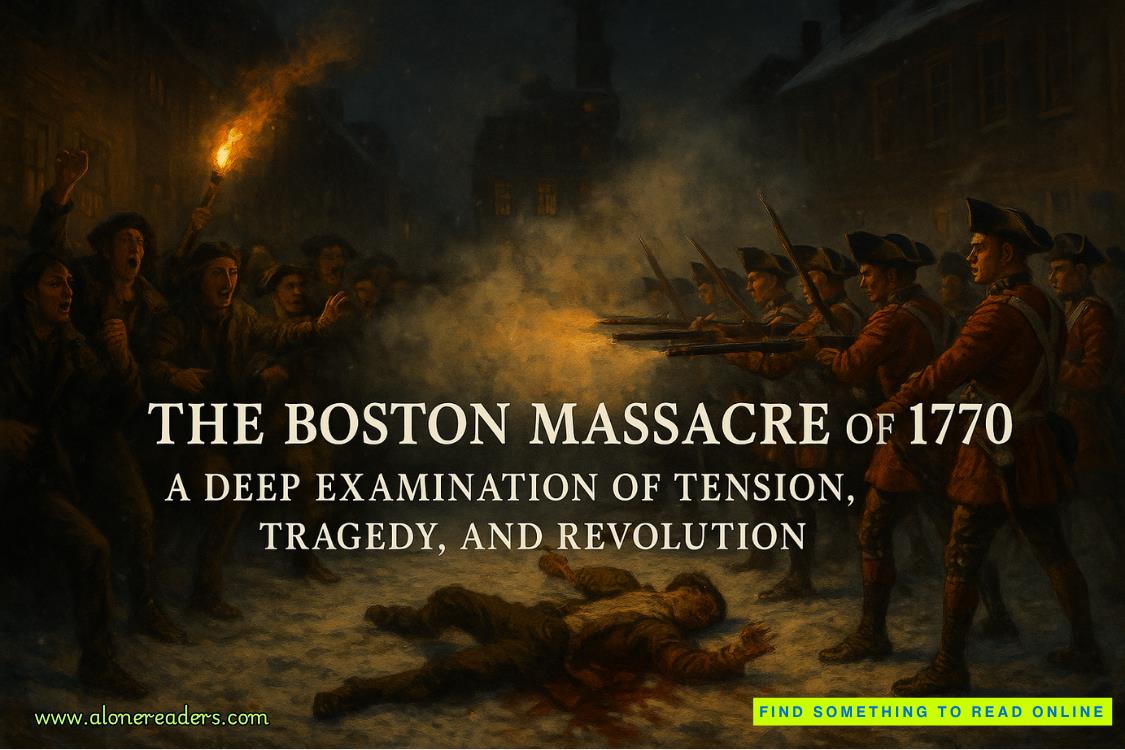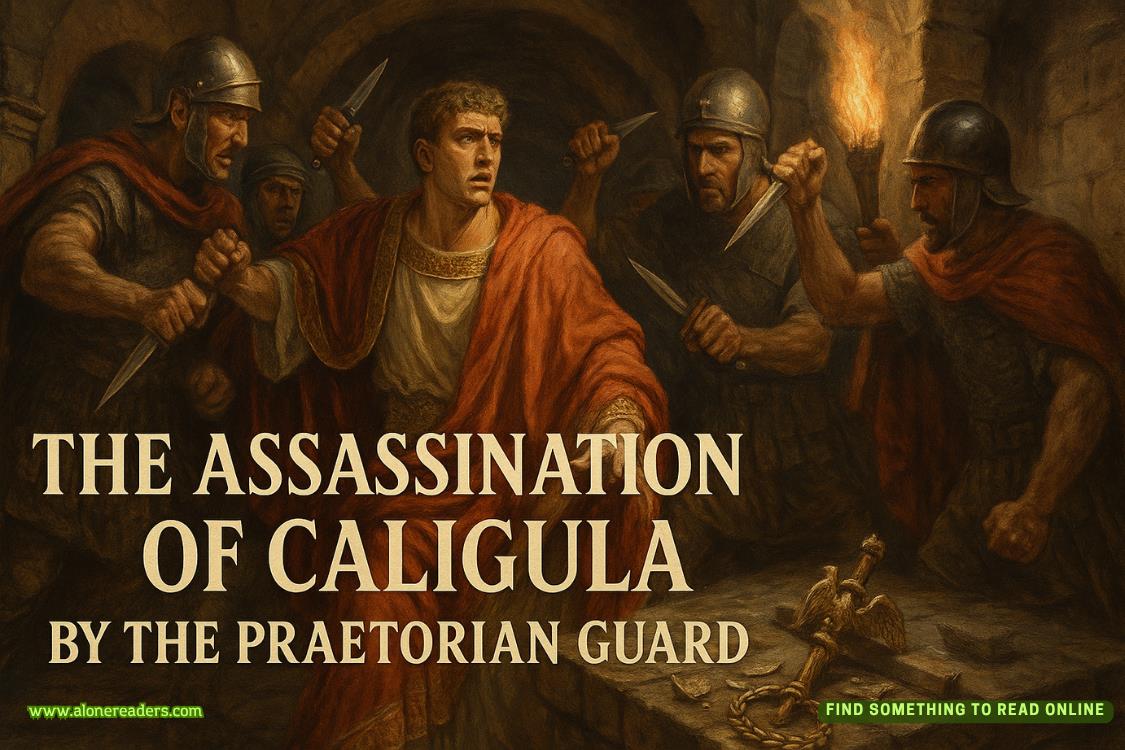Page 22 of Coram House
I point to the forested peninsula to our left, reviewing my mental map. “And that’s Rock Point?”
Bill nods. “It’s all diocese land.” He sounds mournful. “But the trails are open to the public. Great views—worth seeing if you get a chance.”
I look around, trying to see the room as it would have been. Rows of beds with creaky metal springs. White sheets and scratchy wool blankets. How many beds would have fit? Twenty—maybe more? Light floods in through the windows, trapping dust motes floating down like snow onto the creaky floorboards.
Bill goes on about the history of the building, the slate roof and cupola. The plans to add a rear terrace with lake views, but his voice is background noise. The boys’ dormitory. This is where Tommy would have slept. Fred Rooney too. So many children.
“Is this where you lived?” I ask, cutting him off.
Bill blinks in confusion, as if he’s forgotten where we are. “I see you’ve done your homework,” he says. “Though I’m not sure I’d call it living here—I didn’t stay long.”
He walks to a spot in the middle of the room and draws a rectangle with his hands, the ghost of a bed. “Jesus, the windows were drafty. I’m lucky I got here in May. If it had been December, I would have had icicles in my hair.” He chuckles, but it sounds forced. “But it’s hard to beat the view.”
His tone is wistful, but there’s something performative about it.
“You were only here a few months then?” I ask.
“My mother, she wasn’t a healthy woman. But she got herself cleanand came back for me. Coram House was a lifeline for my family. I feel quite grateful, really, that it kept me here in the community and gave my mother a chance to reclaim her life.”
I nod along. The speech sounds rehearsed, but maybe his acquisition of the property wasn’t just about profit. Maybe he did love this place.
“Do you keep in touch with anyone you knew here?” I ask.
Bill shakes his head. “As I said, I didn’t really have time to settle in and make any lifelong friends.”
He doesn’t mention Fred Rooney. Bill shivers and zips up his jacket. He’s right—it is drafty.
“Would you like to see the refectory? The original tables are still there.”
I’d like to push him further, but I sense he’s ready to be done with this conversation. So I smile. “That would be great.”
On the far side of the room, we pass a wall of built-in cabinets. On impulse, I grab one of the brass knobs and pull it open. The dusty shelves inside are empty, but each one has a label holder—the type you might see on a filing cabinet. A few have slips of paper inside, now yellowed with age.2. 18.I realize what they are.
“What was your number?” I ask.
Beside me, Bill stiffens. “I don’t remember.”
I can’t tell if he’s lying. I snap a picture.
“You know, I’ll need to approve those photos before you print them.”
Bill looks pointedly down at his watch. It’s a TAG Heuer, I notice. Expensive, but not as showy as a Rolex.
“And I do have a meeting in an hour.”
Message received. I put away my phone. No more off-roading on his carefully maintained trail through history. “Of course. Lead the way.”
Bill guides us down a steep set of back stairs. The kitchen has none of the Dickensian flavor of upstairs. The floor is peeling red linoleum and, instead of counters, the center of the room is dominated by a series of metal rolling tables. The industrial pots look big enough to fit a toddler. The refrigerator, a dirty shade of avocado, is surprisingly small for a kitchen that must have fed over a hundred people.
“There was usually a cook and an assistant on staff,” Bill says. Hetrips on a curled floor tile and looks down at it, angry, as if the floor did it on purpose.
“Did they live here as well?”
“Who? The cook? No, I don’t think so. They came in from town.”
“So how many adults did live here?” I ask. I know the answer—one or two priests and up to seven sisters—but I’m curious to see if he does. His knowledge seems oddly selective.
“Five or six, maybe?” he says, absently.















